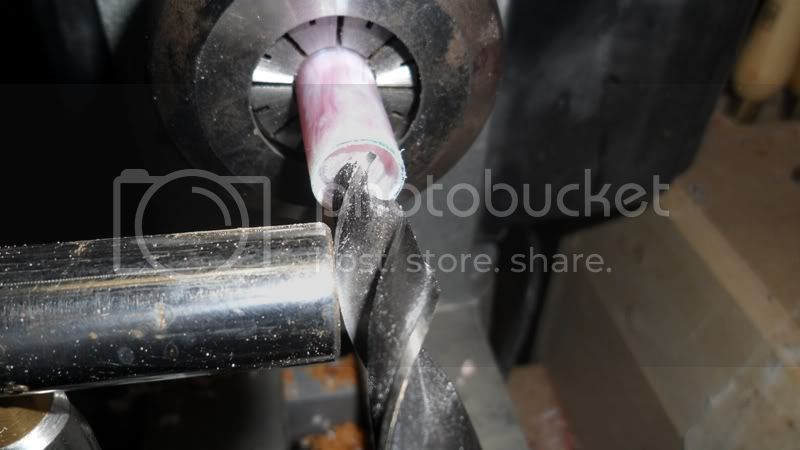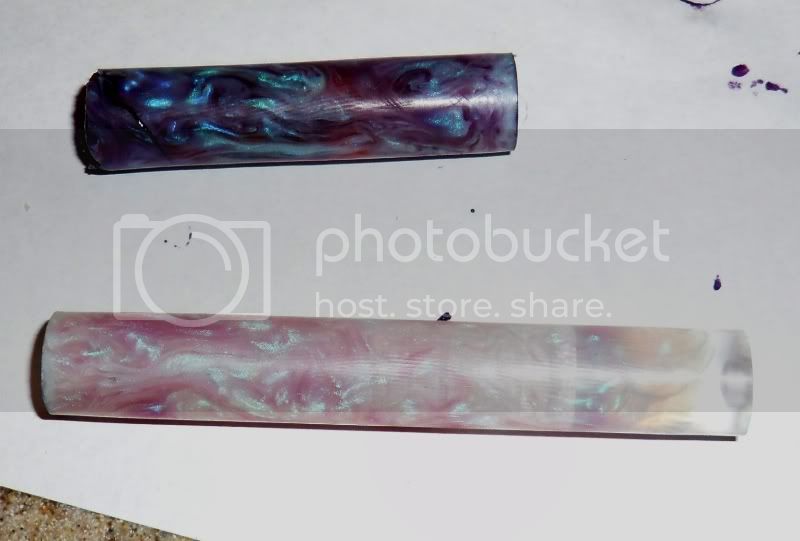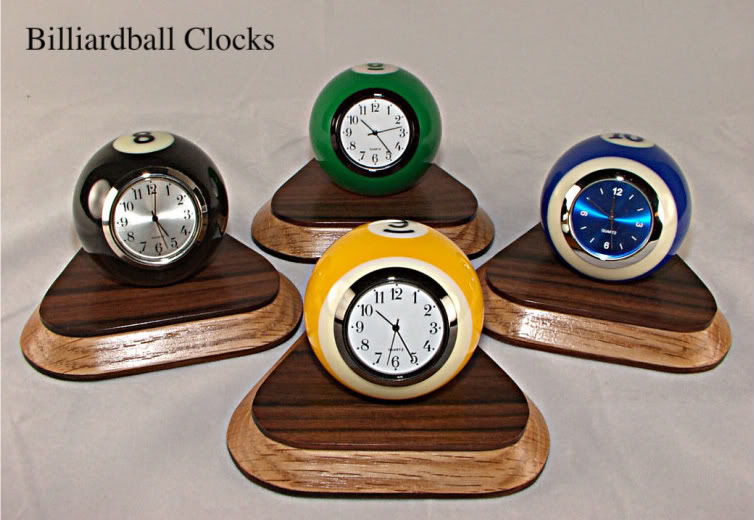BSea
Member
I tried this last night when drilling a poly resin pen blank, and it was like night & day to plain drilling. Maybe I've missed this (which is a good possibility), but this worked so much better that I was surprised that I hadn't seen it in several threads & videos about using PR. It cut faster, and much cooler. Normally when drilling PR, I get concerned about blowouts because of the heat build up. But this cut so easily, and just came out the other end perfectly clean on both blank pieces (it's for a cigar). It's not that I wasn't careful & went slow, but usually, I take a break before final drilling of the blank to let the blank & bit cool down. After using the lubricant, I just cleared the bit as normal, but never stopped the lathe till I finished drilling. I also noticed that the blanks were smoother on the inside than the others I've drilled.
So then I began to wonder if there might be a problem using a lubricant with PR. I used a silicon spray lubricant then cleaned the blanks with hot soapy water & q-tips. I haven't painted the inside of the blank yet, and that's the only thing I'm slightly worried about. Unless the paint or glue won't stick, or someone tells me a reason that this shouldn't be done, then this is the method I'm using from now on.
So then I began to wonder if there might be a problem using a lubricant with PR. I used a silicon spray lubricant then cleaned the blanks with hot soapy water & q-tips. I haven't painted the inside of the blank yet, and that's the only thing I'm slightly worried about. Unless the paint or glue won't stick, or someone tells me a reason that this shouldn't be done, then this is the method I'm using from now on.
Last edited:



